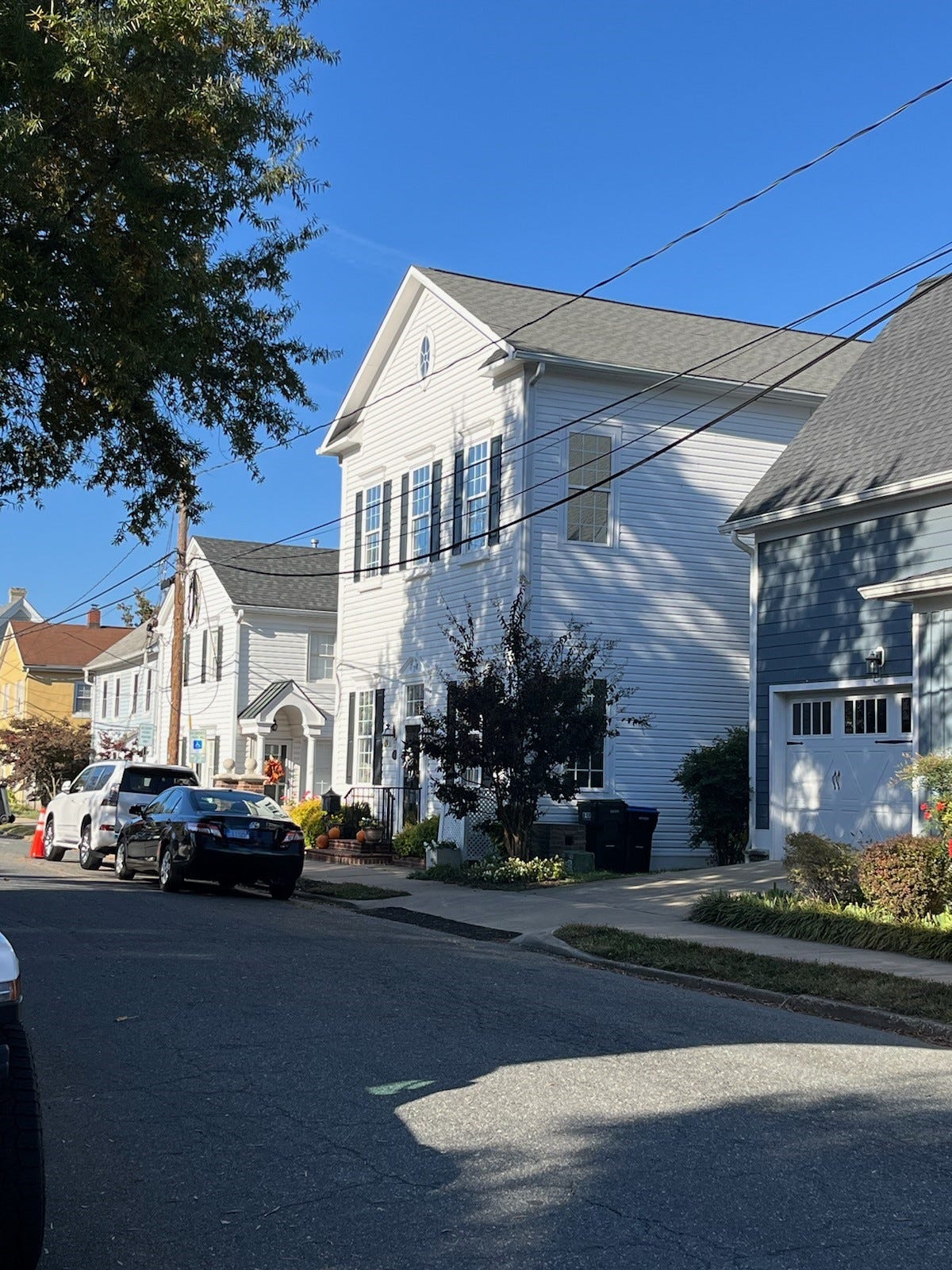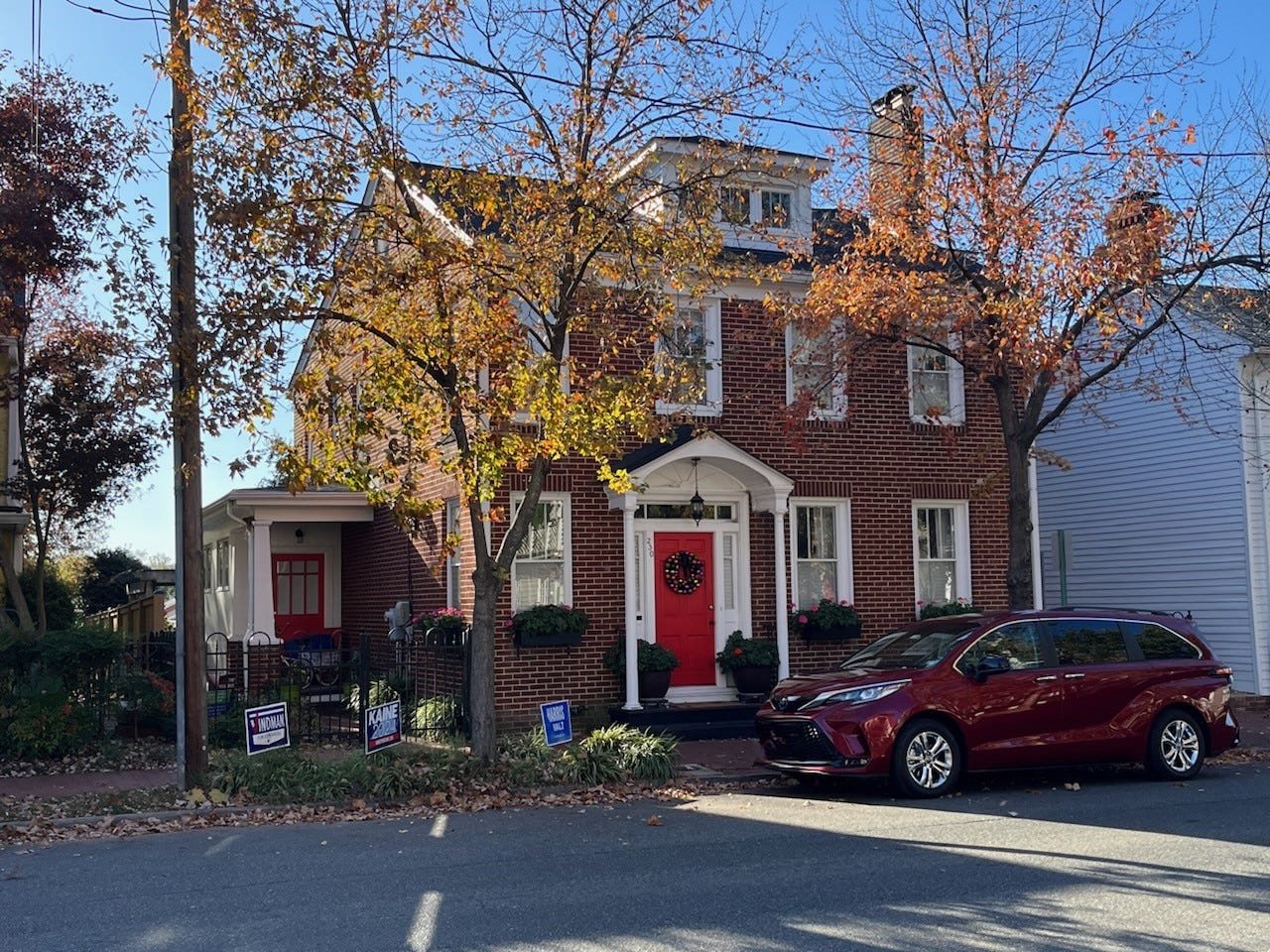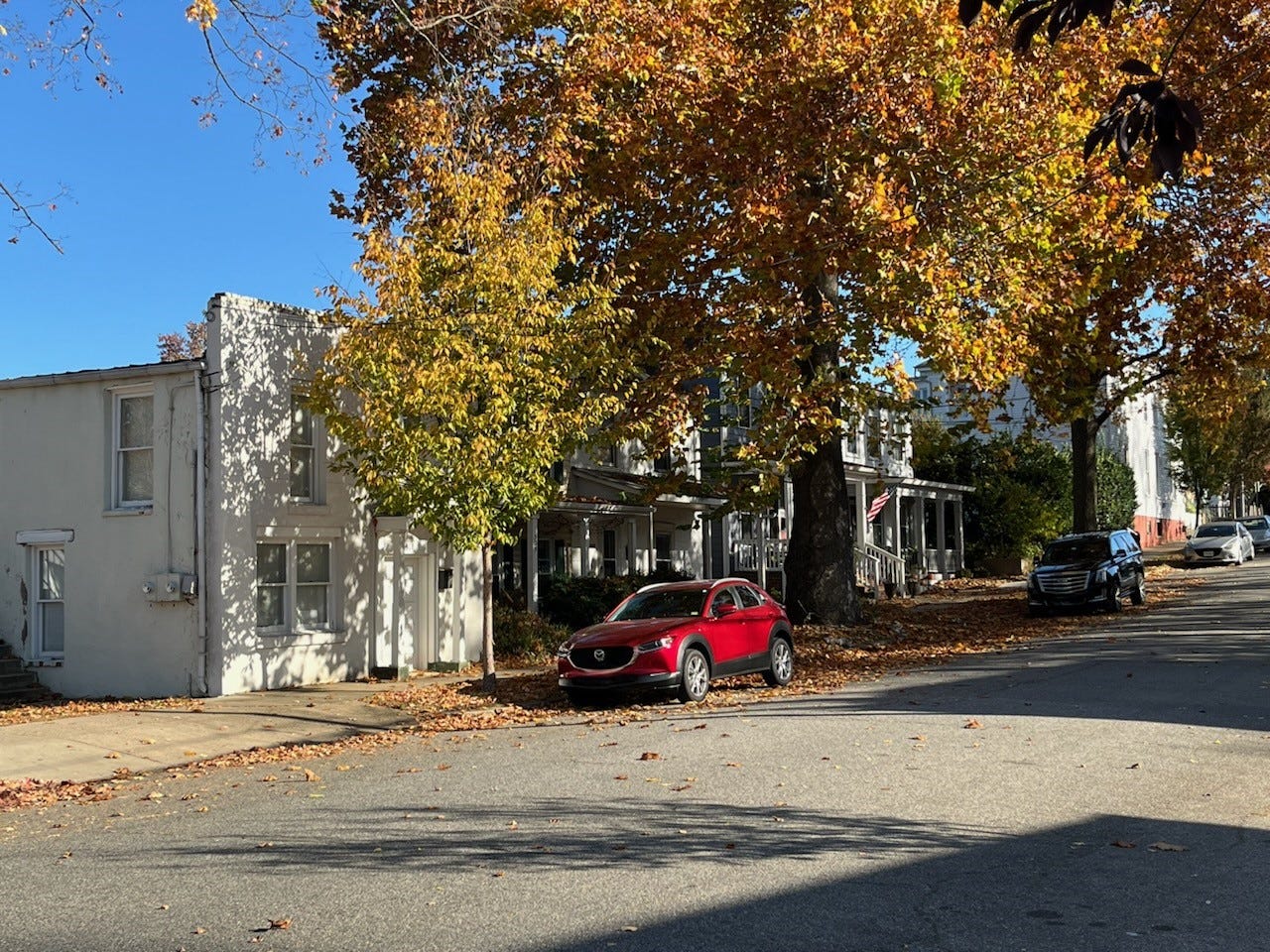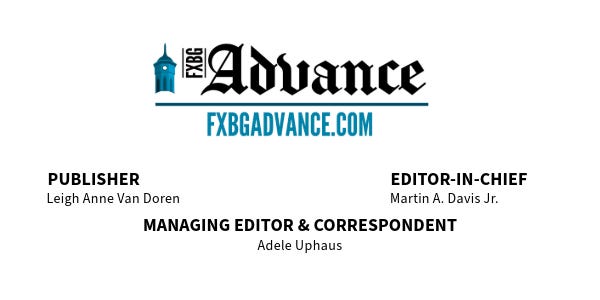Fredericksburg in the time of Jim Crow: An Overview
By Erik Nelson
GUEST COMMENTATOR

In the Fredericksburg area, a new Civil Rights Trails highlights leadership within African American churches, sit-ins at drugstore lunch counters, and a sustained drive for educational opportunities. It is a story of activists pushing their communities, and a nation, toward social and political equality. The darker story of the Jim Crow experience, however, reveals what was being overcome.
The federal government ended slavery by force of arms and then nailed down its Civil War victory with amendments to the U.S. Constitution. The political will to attain racial equality, however, petered out when Reconstruction ended in the 1870s. Southern communities subsequently reestablished their two-tiered social structure, often with much violence.
Within the power structure that kept things safely segregated, African Americans actively worked to advance beyond menial labor. Such aspirations were often tamped down, forcefully.
In 1902, for instance, Virginia adopted a new state constitution that introduced poll taxes and literacy tests, specifically to hinder voting. The new document also formally segregated schools, which were racially segregated anyway. Thus, the state government handled its fears of a changing world.

African Americans did not remain passive. In the early 20th century, more than six million black citizens left the South in what became known as the Great Migration. From Virginia, tens of thousands of individuals escaped the insidious and sometimes violent intimidation that framed social limits.
In the Fredericksburg area, this exodus is reminiscent of the thousands of enslaved people who abandoned their homes when a Union army arrived in the spring of 1862.
While many left to start a new life in the North, others stayed to build something better where they already lived. An aspect of the mass migration was an influx of African Americans from rural places into cities and towns seeking opportunities in urban environments. Most African Americans worked at physically demanding jobs, but an educated black middle class of doctors, teachers, funeral directors, and others evolved to serve the needs of their segregated community.
Our built environment provides enduring evidence of this Jim Crow past. As an example, there are enclaves of small houses scattered around the older parts of Fredericksburg. Many of them were owned by white citizens as places where their maids and servants, called “domestics,” could reside within walking distance of their workplaces. In time, many of these homes became owner occupied.

Remnants of these African American neighborhoods can be found in the Amelia/Winchester Streets area, around Wolfe and Princess Anne Streets, on lower Charles and Prince Edward Streets, around Charles and Pitt Streets, and at the confluence of Hanover and George Streets (Liberty Town).
The concentration of houses and tenements centered on Wolfe and Princess Anne Streets was surrounded by industrial activity – the railway to the east, the Hope Foundry and Gravatt’s Carriage Works at Princess Anne and Charlotte Streets, and Peden’s Pickle Works and later J.W. Masters Planing Mill at Prince Edward and Wolfe Streets. These tightly circumscribed blocks on Princess Anne Street developed as an African American business district.
That area already hosted African American institutions. In 1884, at the corner of Wolfe and Princess Anne Streets, the City of Fredericksburg had constructed an elementary school. In 1890, a congregation built the Shiloh Baptist Church, New Site, its brick construction attesting to a growing prosperity. By the end of World War I, scattered among the houses in the 500 block of Princess Anne Street and the 200 block of Lafayette Boulevard were restaurants, lunchrooms, offices, funeral homes, barbers, and grocery stores. Later investors constructed hotels.
Economic opportunities continued to expand as the twentieth century dawned. The 1910 City directory shows that local black citizens were railway porters, waiters, chauffeurs, janitors, hospital orderlies, and more. To the east of the railway, Black citizens occupied houses on Princess Anne Street, well above the flooding experienced on Charles Street. New construction filled in the blocks in the 1880s and 1890s. African American homeownership grew as well.
In 1905, the African American community acquired land on a farm south of town to build a high school. The Fredericksburg government, after all, only provided an elementary school for its “colored” population. Other portions of that land would soon become a residential neighborhood. Handsome brick dwellings built in 1914 on what is now Dixon Street testified to the economic achievements of local African American professionals and entrepreneurs.
Visible success remained problematic in a region where lynchings were a reality. The government in Richmond gerrymandered its wards to limit African American voters to Jackson Ward. In 1921, in far off Tulsa, Oklahoma, a white mob burned an African American business district to the ground in a murdering rampage. The potential for violence hovered over the everyday indignities endured by African Americans in the Jim Crow South.
Local Obituaries
To view local obituaries or to send a note to family and loved ones, please visit the link that follows.
Support Award-winning, Locally Focused Journalism
The FXBG Advance cuts through the talking points to deliver both incisive and informative news about the issues, people, and organizations that daily affect your life. And we do it in a multi-partisan format that has no equal in this region. Over the past year, our reporting was:
First to report on a Spotsylvania School teacher arrested for bringing drugs onto campus.
First to report on new facility fees leveled by MWHC on patient bills.
First to detail controversial traffic numbers submitted by Stafford staff on the Buc-ee’s project
Provided extensive coverage of the cellphone bans that are sweeping local school districts.
And so much more, like Clay Jones, Drew Gallagher, Hank Silverberg, and more.
For just $8 a month, you can help support top-flight journalism that puts people over policies.
Your contributions 100% support our journalists.
Help us as we continue to grow!













